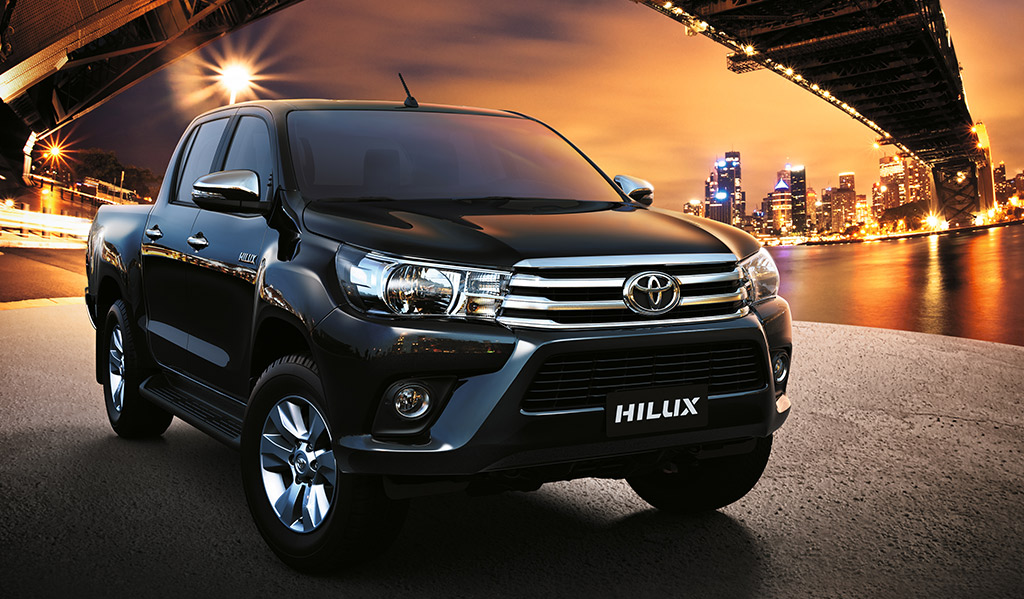Part 1: Industrial Building Allowances (IBA)
Introduction: Qualifying expenditure (QE) is define as the cost of constructing the business premise and in that case, the QE is the purchase price of the property. It is inclusive of cost of assets (plant & machinery) at the place where the business is having function on.For non- resident, it is subject to withholding tax.
1. Properties that qualify for IBA:
a. Warehouse;
b. Factory;
c. Dock, wharf or jetty;
d. A farm or mine hill;
e. Airport;
f. Hotel with registering at Ministry of Tourism (MOT);
g. Facilities with producing utilities like water and energy;
h. Private hospital, maternity, old folks care and nursing home which is approved & registered by the Malaysian authorities;
i. Childcare premise provided by the employer;
j. Institutional building be it education, academic or vocational which approved by the Ministry of Finance and Higher Education;
k. Motor racing circuit which approved by the Ministry of Finance;
l. Supporting sub-sectors in related to transportation, communications & utilities which approved by the Ministry of Finance;
m. Accommodation as such hostel for employed individuals employed by manufacturing, hotel, tourism and business related.
2. Initial allowance (IA):
IA is fixed at the rate of 20% based on the original cost of the asset at the time when the capital expenditure is incurred.
3. Annual allowance:
Annual allowance is a flat rate given every year based on the original cost of the asset. The annual allowance is given for each year until the capital expenditure has been fully written off.
Annual allowance rates vary according to the type of assets and the general rate for:
a. Motor vehicle is 20%;
b. Plant and Machinery is 14%;
c. Other assets like furniture and fittings, and office equipment is 10%.
Part 2: Who should own a business car: the Company or Me?
A car purchased has certain advantages for the owner, be it the owner or employee. In this situation, lets look at the business ownership vs individual ownership:
1. The benefits of business ownership:
a. The company will be able to capture the depreciation expenses when the car hits the road. In Malaysia, the standard depreciation rate for the motor vehicle each year would then be 20%;
b. The general auto expenses for business use like petrol, upkeep, tires & insurance is deductible;
c. Interest on the car loan is deductible as recorded as necessary business expenses;
d. For some cases, insurance for company-owned car might be cheaper than business owner ownership car as business can get leased-car rates;
e. If the business-owned car is involved in accident, the driver’s personal insurance and liability is limited (it applies to Sdn. Bhd. ownership);
f. Capital allowance is applicable as the expenditure is used for business purposes where the claims will reflect in the Tax Return Form in which the initial allowance is 20%.
Remarks:
a.With effect from year 2001, the qualifying amount increased from RM 50,000.00 to RM 100,000.00 with the condition that the motor vehicles is a new motor vehicle and on the road purchase price does not exceed RM 150,000.00.
b. The purpose of capital allowance is to give relief for wear & tear of fixed assets for the company; for example motor vehicles, machines, office equipment & furniture.

2. The business owner (employer) ownership:
a. The business owner can lease the car to the company due to company use of the vehicle;
b. Loan interest is not deductible;
c. Only un- reimbursed business expenses may be deductible and you cannot take those tax deductions for the expenses if it is reimbursed by the business;
d. Personal registered motor vehicles is not applicable to claiming of capital allowance.

3. What about leasing a car for business use by staff?
If you lease a car for a staff, basically you do not have much control over the maintenance, mileage or beneficial but if the company owns the car, the company will have the control on the usage and keeping cost low.
Therefore, the business can consider of buying the car for employees if they are to drive them for business.
Source from:
LHDN (LHDN Rulings PR_6_2015)
